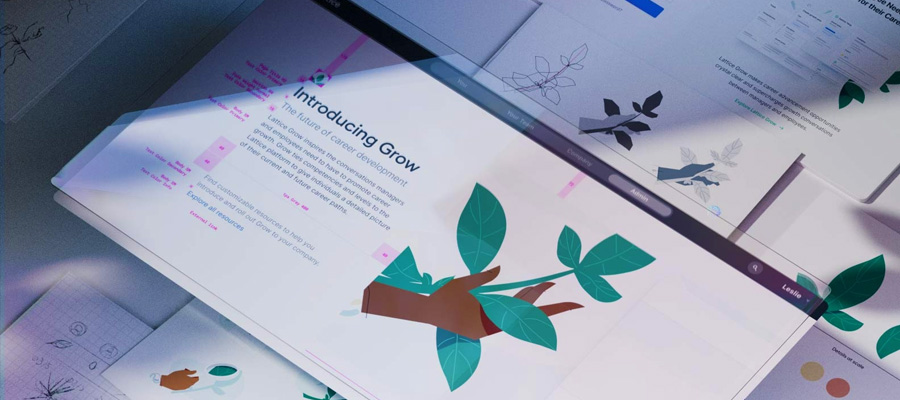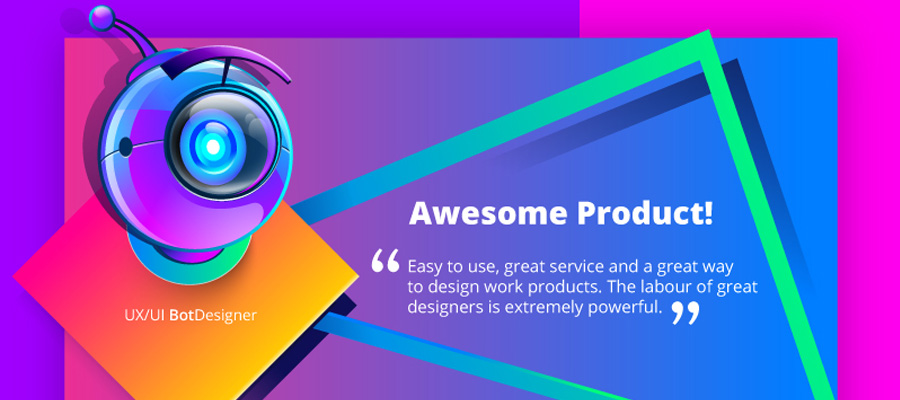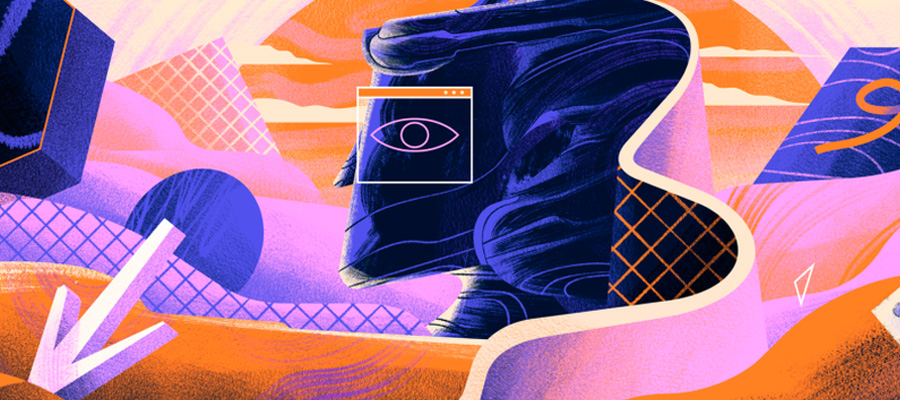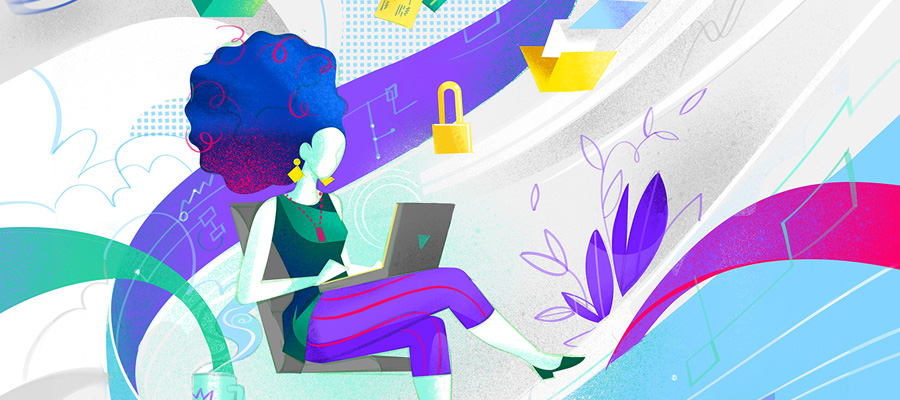When sending an important piece of correspondence, the envelope it’s packaged in might very well be the last thing on your mind. But the look and feel of your envelope may actually be the determining factor in whether your mail piece gets opened in the first place. Recipients are less likely to open a letter with a bland, boring design, which means that you should invest the proper time and energy into making that design truly memorable.
These 10 handy tips and visual examples will help you create the perfect envelope for your next project. Before you jump in and start mocking up concepts, make sure you keep them in mind.
1. Choose a color scheme that matches the brand

One of the first steps when creating an envelope design is to decide on a color scheme. For companies that already have well-established brand colors, this tends to be a no-brainer. In other cases, you may need to think more creatively, choosing a color that fits in with the business’s name or what they do. This envelope for Mint Capital Advisors, for instance, uses a “minty” green color that also signifies financial security and health.
2. Try a flat, straightforward style

There’s often a temptation to make your envelope as complex and complicated as possible to really impress the audience with how much effort you’ve put into it. But in many cases, this is counterproductive; you just end up creating a design that’s busy and confusing. Instead, follow the “flat design” trend to make your envelope elegantly simple to understand and absorb, as seen in this creative Year of the Pig design for a construction company.
3. Maintain a consistent look

Notice how AgriGro’s envelope has a single cohesive look; each element looks like it fits with the rest of the design. Your envelope’s design should be consistent—not only with itself, but with the other pieces of your marketing collateral.
4. Stick to just 2 or 3 main colors

An entire spectrum of color is at your disposal, but that doesn’t mean you should use all of them at once in a single design. Try to use no more than three colors in your envelope, like the blue and brown scheme used in this example. This will create visual interest without overwhelming the audience with a sensory overload.
5. Accentuate text with an interesting color

When you want to emphasize a certain piece of text in your envelope design, there are several different ways to do that—but one of the most effective is to use a color, texture, or material that stands out. This particular design uses a metallic gold color to draw extra attention.
6. Include easy-to-see contact info

The return address (or contact information, if your envelope isn’t intended to be mailed) is arguably one of the most important parts of the design because it’s central to your call to action. Whether you want the recipient to visit your website, join an email list, or visit a brick-and-mortar location, some sort of contact information will be involved. This design by Company Folders Inc. for Columbia Escrow places the company’s website and phone number in such a way that they are visible whether the envelope is open or closed.
7. Use imagery and symbols

Symbols are a good way to get across a particular concept, theme, or other idea with a minimal amount of design space—as seen with this foil embossed graphic for Stout. You could also include photos or illustrations of your product, your building, or other images related to the business.
8. Use a human face to make a connection

Not all images are created equal. If you really want to engage with your audience, take a page from the handbook of YouTube thumbnail design and include a human face, like this design from St. Vincent. This is one of the best ways to engage with recipients on a personal level.
9. Make use of visual texture

You don’t need to make your envelope out of an unusual material to give it a distinctive texture—because texture can also be purely visual. This envelope for MIT uses a subtle texture in the background reminiscent of mathematical diagrams. You can also give your design a more obvious pattern, such as a material or landscape relevant to the associated business (such as a grass background for a landscaper).
10. Make the logo stand out

A company’s logo is much more than just a pretty picture; it’s the face of the business itself. You’ll want to accentuate the logo featured in your envelope design in some way, whether that’s using a color that stands out – as seen in this design for Lanchest – or employing an unusual imprint method.
Designing Your Own Envelope
Looking at example designs is always helpful when you’re seeking out inspiration, but make sure you’re not just biting someone else’s style. Instead of straight-up plagiarizing someone’s design, pick out the elements you like most about your favorite designs and think about how you can apply those same techniques to something original. Keep these tips in mind, and you’re sure to develop a concept that recipients will take notice of.




















